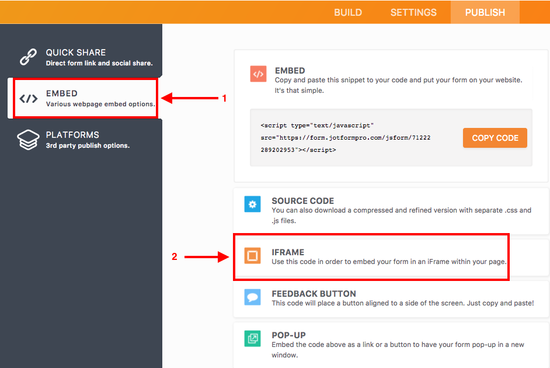
They also need to know, at any time, which of the instances is the PRIMARY. In order for applications to handle failover, they need to be aware of the topology of the InnoDB cluster. If that instance becomes unreachable for any reason (like a system crash), one of the remaining two instances automatically takes over its place and becomes the new PRIMARY.
#Sandvox mysql update
Only the instance marked R/W can execute transactions that update the database. RECOVERING means that the instance is receiving updates from the seed instance and should eventually switch to ONLINE.Īnother point to note is that one of the instances (the PRIMARY) is marked R/W (read/writable), while the other two are marked R/O (read only).


The status field for each instance should show either ONLINE or RECOVERING. This command queries the current status of the InnoDB cluster and produces a short report. Any transactions that were executed in the seed instance will be re-executed in each added replica.Īdd two blank instances to the InnoDB cluster: just the metadata schema and internal accounts) and have binary logging enabled from the beginning, there’s very little that new replicas need to catch up with. Otherwise, Group Replication will perform a sync automatically, re-executing all transactions from the seed, as long as they’re in the MySQL binary log. Since the seed instance in this example has little to no data (ie. The MySQL Shell will soon also provide a mechanism to perform that step with minimal effort. If the amount of pre-existing data in the seed instance is very large, you may want to clone it or copy that data through a fast method beforehand. Usually, whenever a new instance is added to a replica set in a cluster, they will be completely empty and need to catch up to the current state of the seed instance. We use the blank sandbox instances that we created earlier. Now, you need to add replicas to the InnoDB cluster. If some change requires the MySQL Server to be restarted, you must do it manually whenever is convenient. The command ensures that the settings are correct and if not, it reconfigures the server. Sandbox instances are pre-configured to work with replication, but if you use a pre-existing instance, it’s possible that some configuration options might not be set correctly. The system will create and manage single use accounts with minimal privileges internally for you. This allows a secure by default deployment without sacrificing ease-of-use. This key is needed to manage the InnoDB cluster and you will also need it later to bootstrap MySQL Router instances for use with the cluster. You will prompted for a master administrative key. Create necessary internal administrative accounts.Register it as the seed instance of the new cluster.

Verify that its configuration is correct for Group Replication, making changes if necessary.Deploy the metadata schema in that instance (mysql.mysql_innodb_cluster_metadata).The createCluster() command takes one parameter, which is a symbolic name you give to this InnoDB cluster. Group Replication provides synchronous replication for InnoDB and built-in automatic failover, while the Router lets applications connect to an appropriate member of the cluster with no changes to their code, other than an update to the MySQL connection parameters. In this tutorial, we will use the new MySQL Shell to create 3 sandbox instances, create a 3 member Group Replication cluster with them and setup MySQL Router as a proxy to hide the multiple MySQL instances behind a single TCP port. The MySQL team at Oracle has now released a preview of a solution that aims to make it easy to combine multiple instances of MySQL together in order to provide redundancy for High Availability of the MySQL databases used by your applications. So many people end up procrastinating setting up HA until disaster strikes and downtime happens. From understanding concepts and technologies, to the tooling, specific commands and files to execute and edit, there’s a lot of things you need to know even when planning a test deployment (the Quick Start Guide for Group Replication should give you an idea). Traditionally, setting up high availability (HA) in MySQL has been a challenging task, especially for people without advanced knowledge of MySQL.


 0 kommentar(er)
0 kommentar(er)
